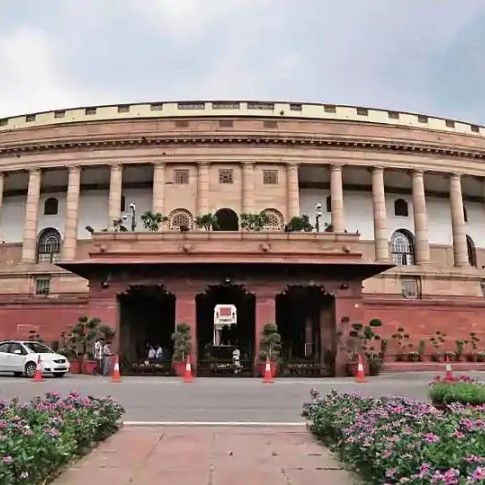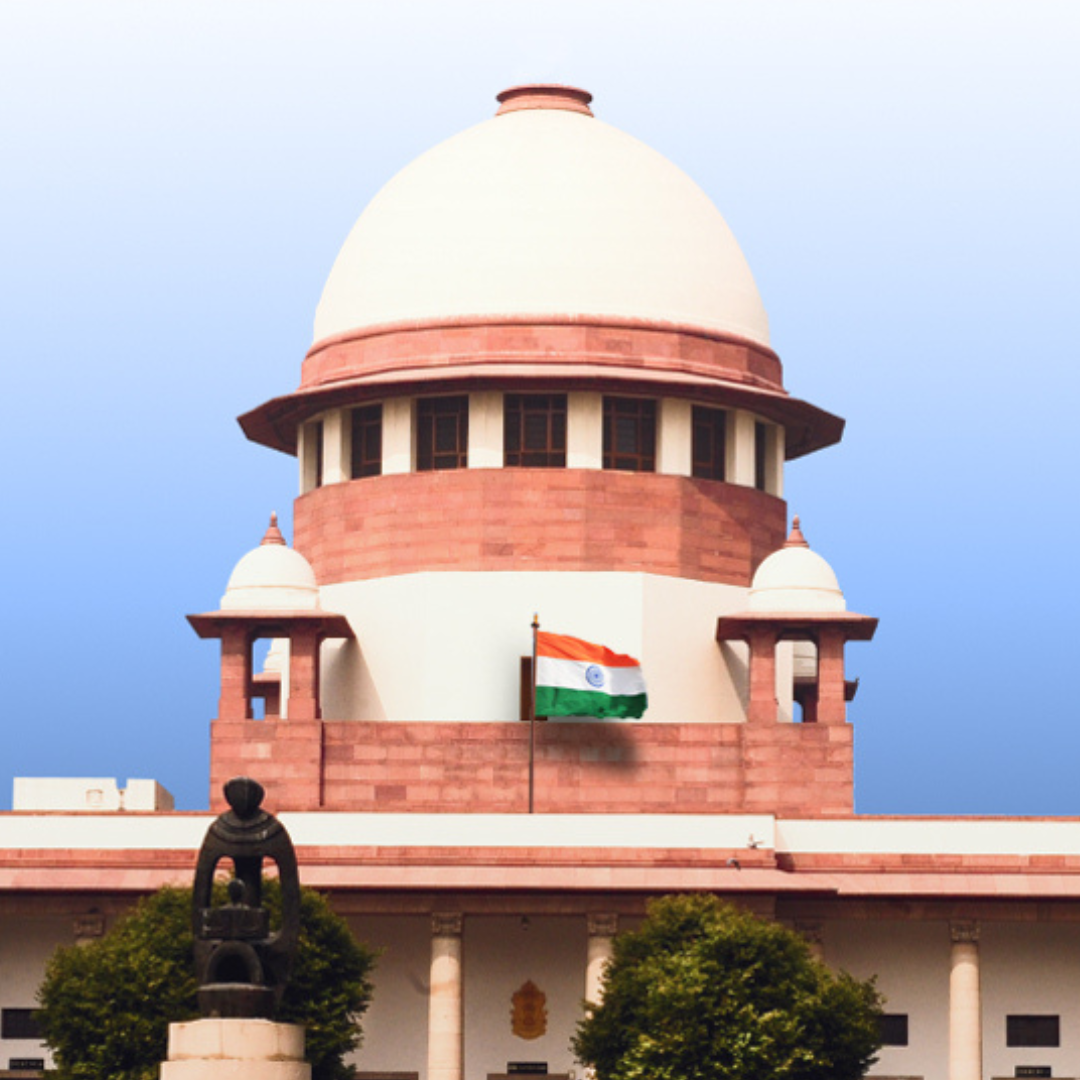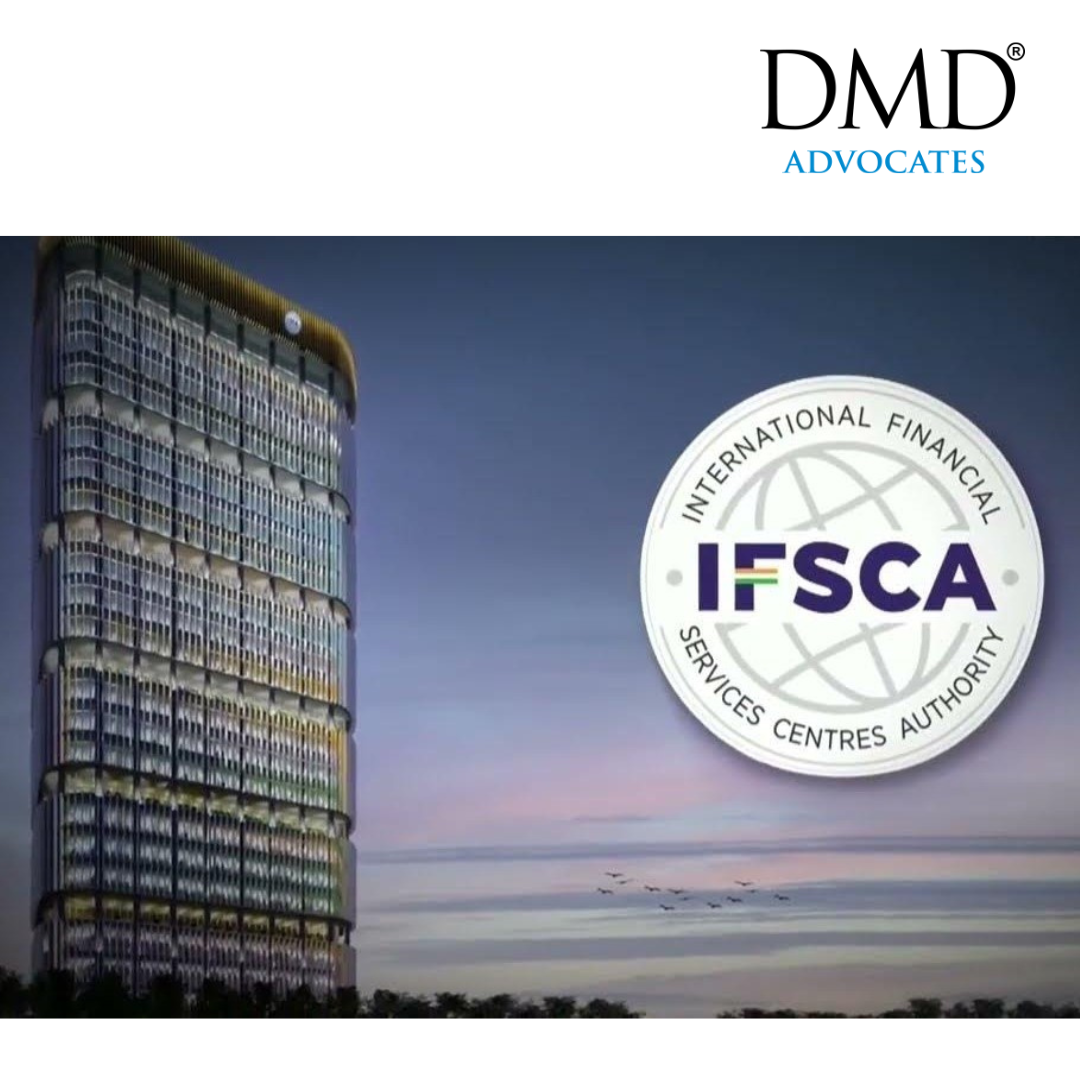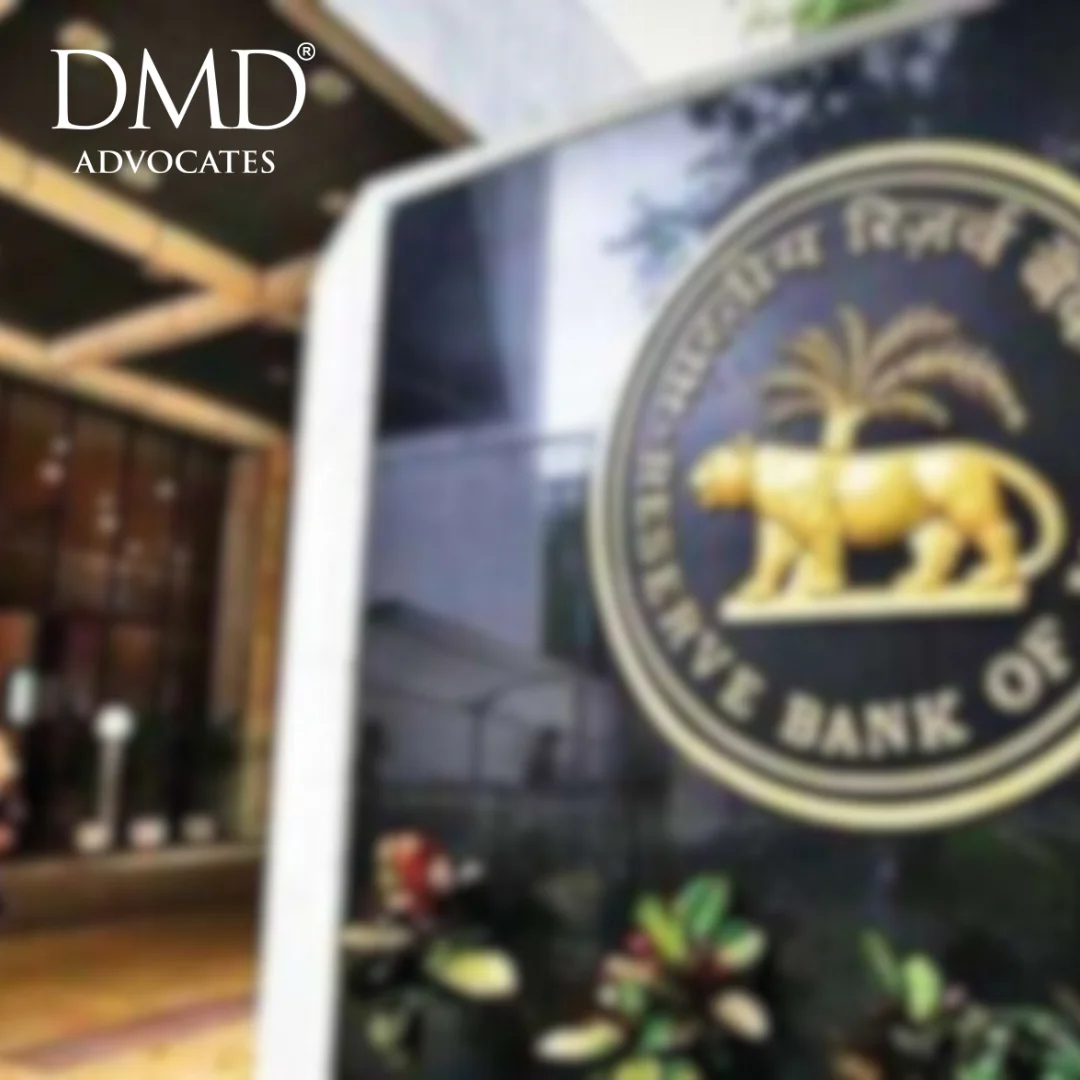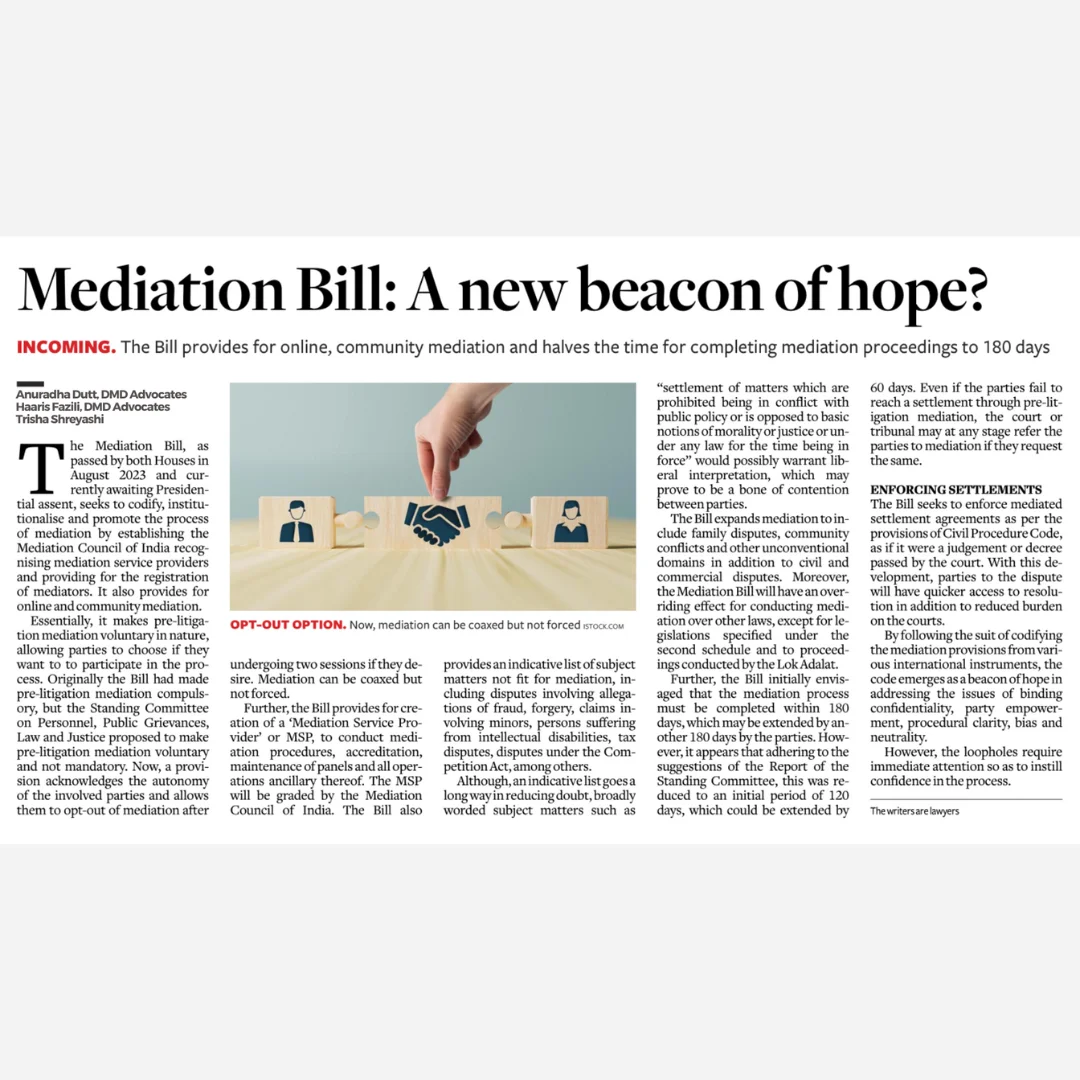Publications
Supreme Court Clarifies that Cumulative Redeemable Preference Shareholders Are Investors, Not Financial Creditors
03 Nov 2025
- DMD Advocates
- Blog
The Supreme Court of India delivered a crucial judgment in EPC Constructions India Limited (through its liquidator) v. Matix Fertilizers and Chemicals Limited, holding that holders of Cumulative Redeemable Preference Shares (CRPS) are investors, not financial creditors, and therefore cannot initiate insolvency proceedings under Section 7 of the Insolvency and Bankruptcy Code (IBC).
Background
The dispute arose from engineering and construction contracts between EPC Constructions India Limited (EPC, formerly Essar Projects India Limited) and Matix Fertilizers and Chemicals Limited (Matix) dating back to 2009. Matix, facing liquidity constraints, owed EPC approximately INR 572.72 crore for project works. To strengthen its balance sheet and attract financing, Matix proposed converting part of its outstanding dues into 8% Cumulative Redeemable Preference Shares (CRPS) worth INR 250 crore, redeemable at par after three years. EPC’s Board approved this conversion on July 30, 2015.
In 2018, EPC itself entered insolvency. Its liquidator then sought to initiate insolvency proceedings against Matix under Section 7 of the IBC, claiming INR 310 crore towards the redemption value of the CRPS plus accrued dividends, asserting that the shares had the commercial effect of borrowing and thus qualified as a ‘financial debt’.
Findings of the Supreme Court
Upholding the decisions of the National Company Law Tribunal and the National Company Law Appellate Tribunal (Kolkata Bench), the Supreme Court dismissed the appeal, drawing a clear line between equity and debt.
Key observations of the Court included:
a) Under Section 43(b) of the Companies Act, 2013, preference shares form part of a company’s share capital, not borrowings. The capital subscribed remains equity in nature, and dividends can only be paid out of profits.
b) Under Section 55 of the Companies Act, 2013, redemption of preference shares is permissible only from (a) profits available for dividends or (b) proceeds of a fresh issue made specifically for redemption.
c) As Matix had not earned profits nor had proceeds from issuance of fresh shares, redemption was legally impermissible; therefore, no debt was “due and payable”. In the absence of a due debt, there could be no “default” under Section 3(12) of the IBC, thus, the Court nullified the default claim.
d) The Court noted that Section 5(8)(c) of the IBC, while defining “financial debt,” mentions instruments such as bonds and debentures but omits preference shares, reinforcing their distinct nature as equity capital.
The Court also observed that once EPC had accepted the CRPS in lieu of its receivables, the earlier debt was extinguished, transforming EPC from a creditor into an investor and an attempt to treat the conversion as a disguised loan was rejected.
The Court further clarified that accounting treatment of CRPS as financial liabilities cannot override statutory provisions that categorically define share capital as equity. The essential elements of ‘financial debt’ i.e., disbursal against consideration for the time value of money and an enforceable repayment obligation were absent. Accordingly, the Liquidator’s Section 7 application was rightly dismissed as non-maintainable.
This ruling reinforces that IBC cannot be used to recover equity-type investments or convert investor losses into creditor claims. By harmonizing the framework of the Companies Act and the IBC, the Supreme Court has preserved the statutory distinction between share capital and financial debt.
Credits: Kajal Tandon, Counsel & Kashish Ali, Associate



